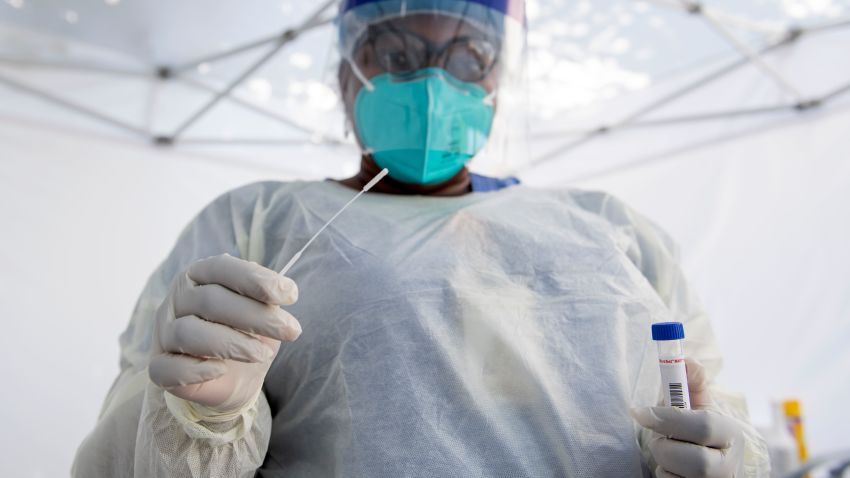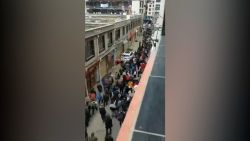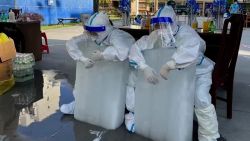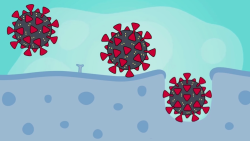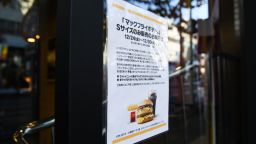Summer in Australia is traditionally a time of beaches and barbecues, but this year it’s become a hot mess of rising Covid cases and a national shortage of rapid antigen tests.
Last week, worker absences due to Covid isolation and illness became so severe that the national cabinet considered lowering the age limit for forklift licenses so that minors could pitch in to smooth supply chains.
Ministers ultimately decided not to go ahead with the plan. But the idea that Australia, a country once lauded for its Covid-19 response, was considering such a move appeared to show how much the country’s leaders were struggling.
After spending much of the pandemic shut off from the world, Australia is now attempting to navigate a new approach of living with Covid. But that shift has coincided with the emergence of Omicron, which has seen case numbers surge.
Most of Australia’s 1.5 million Covid infections were acquired in the past three weeks, and on Friday the country reported a record single-day total of 88 deaths.
The surge has exacerbated Australia’s existing worker shortage – earlier this month, the government estimated workforce absenteeism could be as high as 10% at any one time.
On a global scale, Australia’s pandemic death toll of about 3,000 fatalities remains relatively low, largely thanks to the government’s quick move to shut its borders, impose lengthy lockdowns and promote vaccines.
But while the new course isn’t causing a health disaster on the scale seen elsewhere, it is leading to widespread disruption in a country that once prided itself as an exemplar of action on Covid.
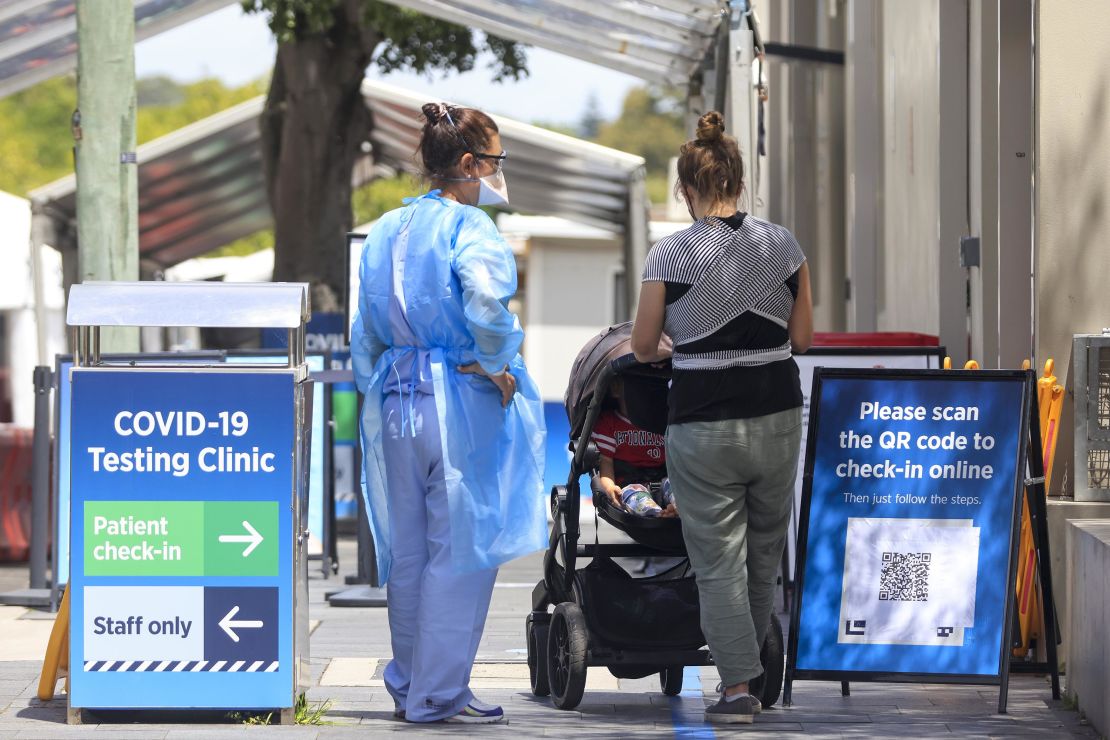
The emergence of Omicron
From the government’s perspective, Omicron changed everything.
“Omicron has been one of the biggest [surprises] in challenging and pretty much turning on its head the way we’d been managing the pandemic up until that point,” Morrison said Thursday.
The government’s road map to living with Covid was based on Delta, a less infectious strain that caused chaos in other countries last year. According to Morrison, the old plan was why the government didn’t order more rapid antigen tests – a key pain point in this phase of the pandemic as more people fall ill.
Better known as RATs, the at-home tests provide results in minutes, but they’re almost impossible to find in Australia.
Critics say the government should have been able to predict the looming crisis. The United Kingdom has been giving out free tests since last April and the United States suffered a severe shortage of tests well before Australia’s case numbers surged.
“I understand that those rapid antigen test shortages have been a great frustration,” Morrison said Wednesday. “But a lot of these comments are made with hindsight, not foresight.”
Demand for the devices swelled when queues for the traditional PCR tests, performed by pathology labs, grew longer as more people came down with Covid symptoms.
Some people want them to prove they are Covid-free to go to work. Others need them to visit vulnerable relatives in hospitals and care homes. Without them, many people are stuck at home, unsure if they’re contagious or not.
The Pharmacy Guild of Australia, a body that represents 5,700 community pharmacies, said members are answering four calls a minute from people desperate for tests. “This is simply not sustainable,” the guild’s president Chris Freeman said in a statement Thursday.
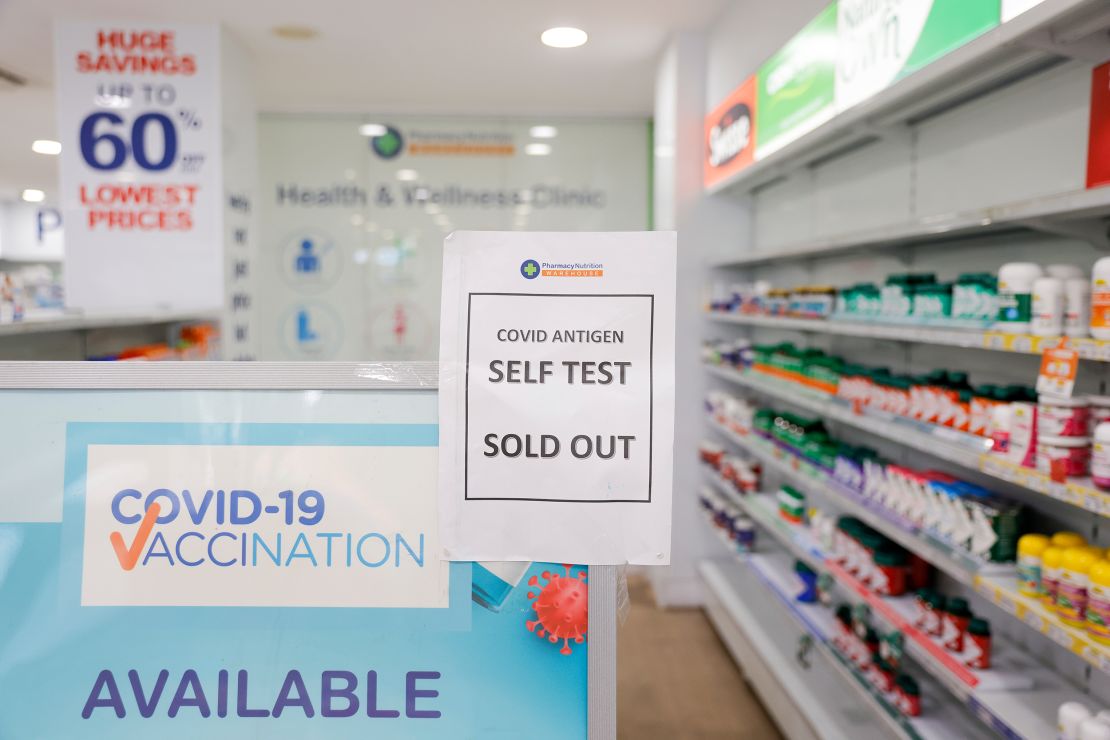
RATs are in such short supply that the Australian Federal Police is threatening prison sentences and fines for anyone caught selling them for more than 20% over the retail price. Deals are done on Facebook and some pharmacies post status updates on their RAT stocks every day.
Before the turn of the new year, software developer Matt Hayward noticed the problem and on January 3 launched Find a RAT, a crowdsourcing website where people could report sightings of the elusive tests.
Within a week, the site was getting half a million hits a day. At the peak of the squeeze, tests were available in just 10 locations around Australia, according to Hayward, who co-founded Melbourne software agency Pipelab.
“They were disappearing within about 30 minutes,” he said. According to the site, the supply issues have eased since then – RATs are available in fewer than 200 locations across the country, a number that changes as stock arrives and is sold out.
The government says more stocks are on their way. Free tests are already available from state clinics – but only for people who are symptomatic or those considered a close contact, which is defined as someone who is living with a positive case or has been with them in close quarters for more than four hours. From Monday, tests will be distributed free through pharmacies to concessional card holders, including pensioners.
However, when asked Sunday how those tests would be distributed in Queensland, Chris Owen, president of the state’s branch of the Pharmacy Guild, said: “It’s a moot point at the moment. Obviously there is no stock available. They’re as rare as hens’ teeth.”

Worker shortages test supply chains
It’s not just RATs in short supply – worker absences due to illness and isolation mean major supermarkets are struggling to keep stores stocked with common products.
This is partly because Covid is spreading rapidly – but also because close contacts of positive cases are required to isolate for seven days. In a bid to keep the country moving, essential workers are now exempt from that rule – as long as they return a negative test – but some industries are still suffering severe shortages.
Processed chicken, in particular, has become a rare commodity as workers call in sick with Covid along all points of the supply chain. A spokeswoman for the Australian Chicken Meat Federation told CNN that as many as 50% of staff are off sick in some processing facilities. Remaining workers are focusing on distributing whole chickens, instead of spending time cutting them up to sell as wings, thighs, and fillets, she told CNN.
“It’s really hard to judge who’s going to call in sick so planning is pretty impossible at the moment,” she said. “There’s still people contracting Covid, so just it’s really a day-to-day by day thing that doesn’t look like it might ease in the next couple of weeks.”
There is room for optimism. Health officials say Australia’s case numbers should peak sometime in the next two weeks. Falling hospitalization rates in New South Wales suggest the state may be over the worst, though some caution it’s too soon to tell.
A new challenge will come in the week ahead when students in the two most-affected states – NSW and Victoria – return to school.
NSW Premier Dominic Perrottet said Sunday that all children and teachers will be required to take two RATs when school resumes there Friday. Victoria is taking a similar approach but is only “strongly recommending” twice-weekly tests.
In both states, tests will be provided by the government, taking some pressure off pharmacies. And masks will be mandatory for teachers and most children age 8 and up.
Other anti-Covid measures are being employed, including air purifiers and outdoor lessons where possible in the summer heat.
Last week, the NSW Teachers Federation warned that schools may need to shut if cases surge. But both states say that won’t happen.
Either way, Australia’s long summer of Covid is not over yet – and for Western Australia, which reported 24 locally transmitted cases on Sunday despite maintaining closed borders, it may have only just begun.

